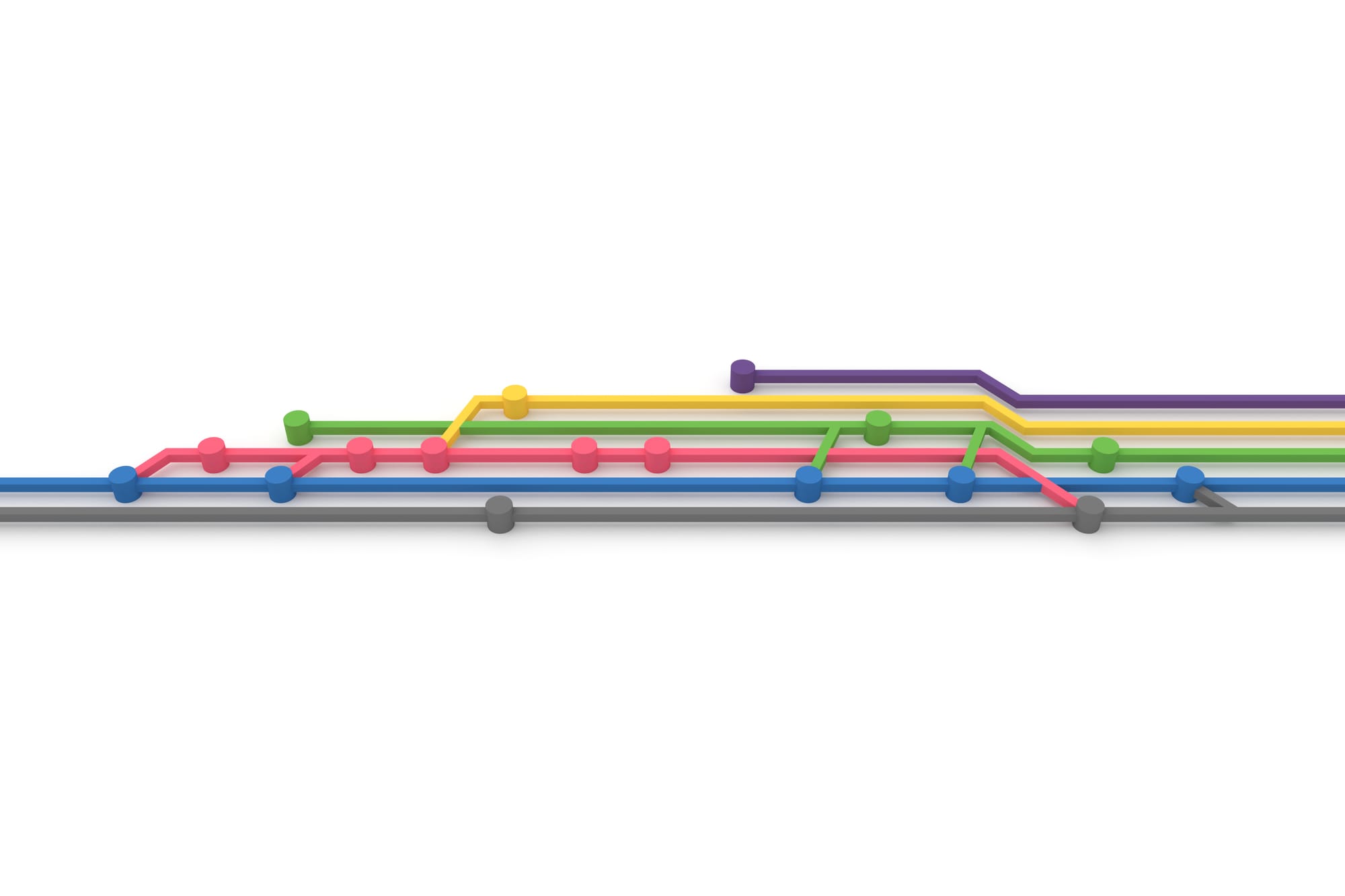
Hello World command line
Node.js can be used to create command line utilities. The example below reads the first argument from the command line and prints a Hello message. To run this code on a Unix System: Create a new file and paste the code below. The filename is irrelevant. Make this file executable with chmod +x FILE_NAME Run the app with ./APP_NAME Dragon On Windows, you do step 1 and run it with node APP_NAME Dragon ...





